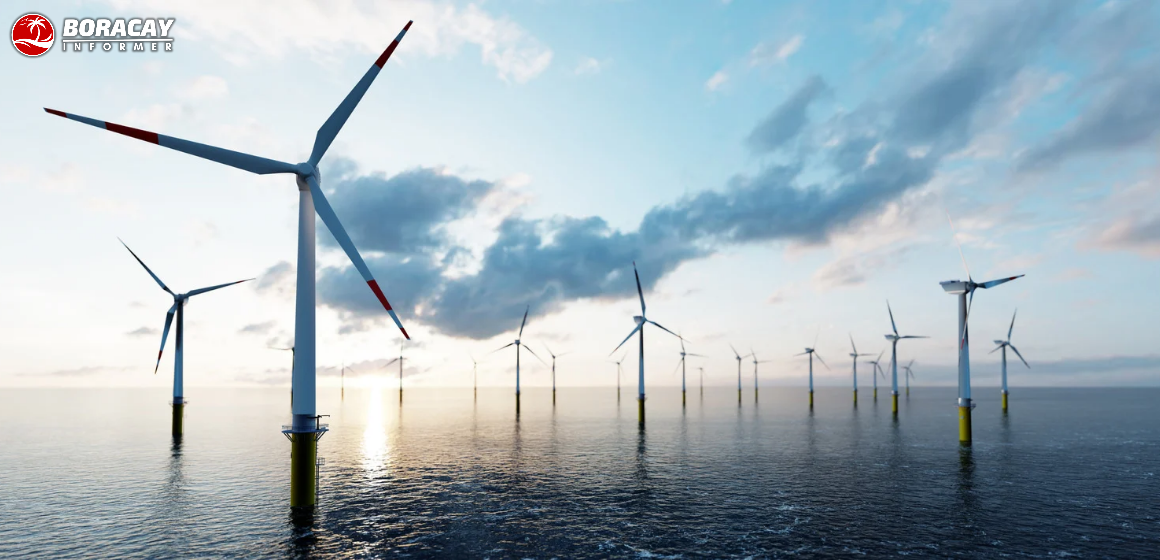The Philippines is accelerating its transition to renewable energy with the release of a comprehensive guidebook designed to fast-track the development of offshore wind power projects. The Department of Energy (DOE), in partnership with the Southeast Asia Energy Transition Partnership (ETP), unveiled the “Compendium: Guidebook to Permitting and Consenting for Offshore Wind Energy in the Philippines,” aiming to cut red tape and attract further investment in this burgeoning sector.
The archipelago boasts an estimated 178 gigawatts (GW) of offshore wind potential, a resource ripe for harnessing. While 92 service contracts, totaling over 65 GW in capacity, have already been awarded, the complex permitting process, involving over 25 agencies, has previously presented a significant hurdle for developers. The new guidebook directly addresses this challenge, providing a clear, step-by-step roadmap for navigating the regulatory landscape.
From initial site assessments to decommissioning, the compendium outlines the entire project lifecycle, detailing timelines and requirements for each stage. It clearly defines the roles of key agencies, including the DENR, MARINA, DOTr, NAMRIA, PCG, and NCIP, promoting better coordination and transparency.
This initiative aligns with Executive Order No. 21, signed by President Ferdinand Marcos Jr., which mandates a unified permitting system for offshore wind energy. The guidebook will be integrated with the DOE’s Energy Virtual One-Stop Shop (EVOSS) System, further streamlining the process.
”This guidebook is a game-changer,” stated Energy OIC Sharon S. Garin, highlighting its potential to simplify a previously convoluted process. Undersecretary Rowena Cristina Guevara emphasized the initiative’s dual focus on efficiency and accountability, ensuring that accelerated development does not compromise environmental safeguards or community engagement.
Developed through extensive consultations with government agencies, industry experts, and local communities, and incorporating international best practices, the guidebook also covers crucial aspects such as marine spatial planning, environmental impact assessments, and Free, Prior, and Informed Consent (FPIC) processes.
The DOE anticipates the guidebook will significantly reduce processing times, bolster investor confidence, and ultimately accelerate the Philippines’ progress towards its renewable energy targets of 35 percent by 2030 and 50 percent by 2040. The compendium is now publicly accessible on the DOE and ETP websites and will soon be fully integrated into the EVOSS platform.







Leave a Reply